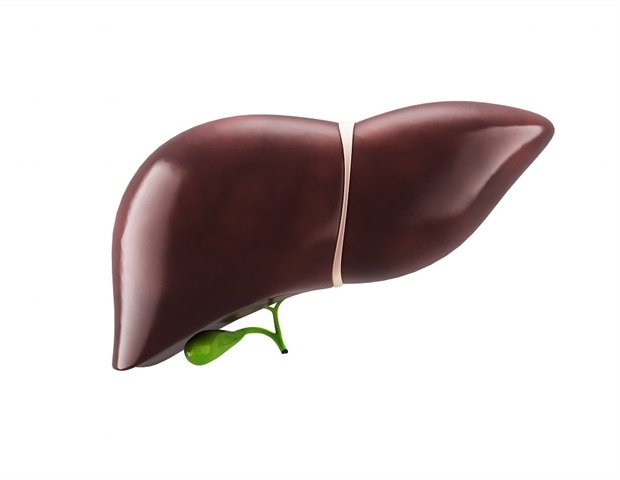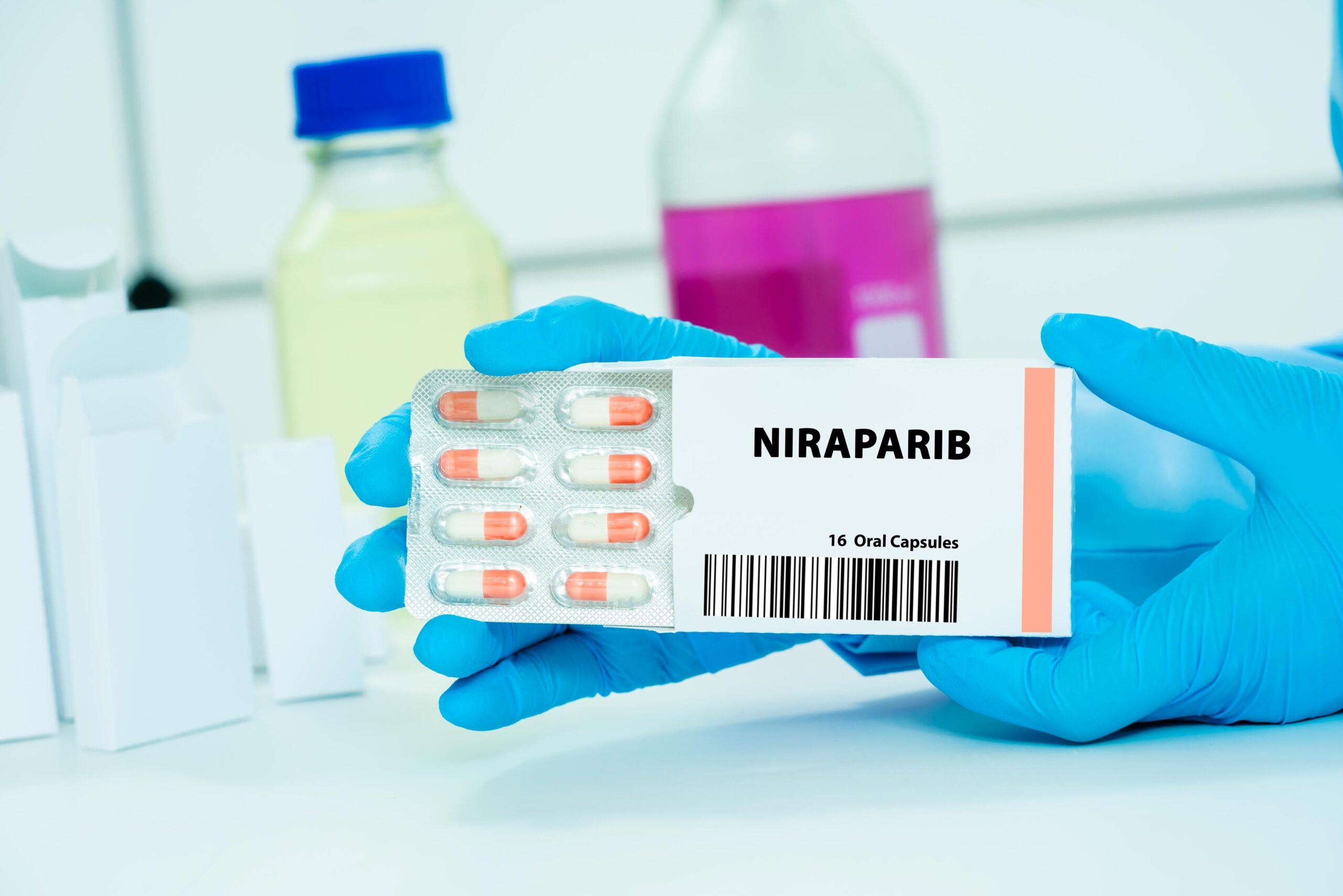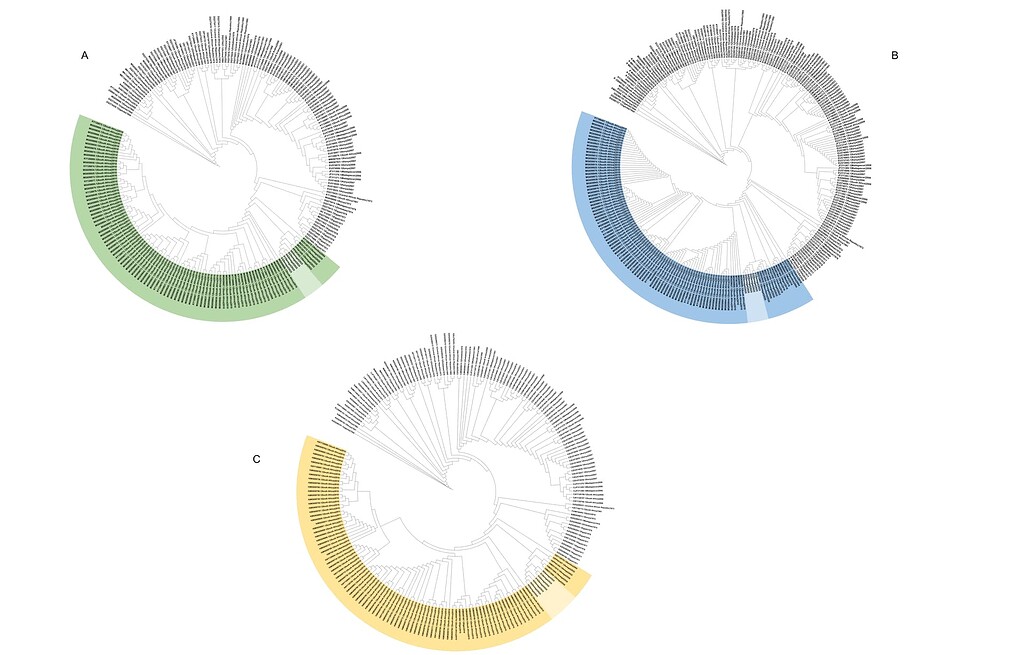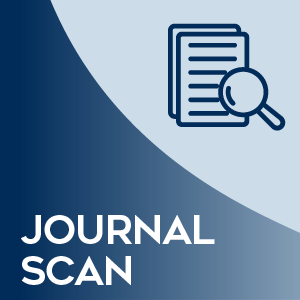Advanced colon cancer is the leading cause of cancer-related death in young American men and the second highest worldwide. In the majority of these patients, as the cancer advances it metastasizes to the liver. Despite progress in…
Reuters The Ebola outbreak in the Democratic Republic of the Congo shows signs of containment, with no new confirmed or probable cases since the World Health Organization’s last update on October…








